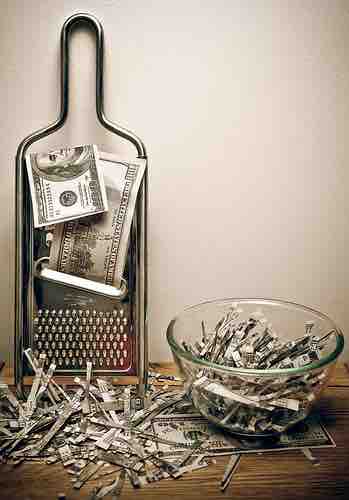Acid-Test and Financial Ratios
The acid-test ratio, also known as the quick ratio, measures the ability of a company to use its near cash or quick assets to immediately extinguish or retire its current liabilities. Quick assets include the current assets that can presumably be quickly converted to cash at close to their book values. The numerator of the ratio includes "quick assets," such as cash, cash equivalents, marketable securities, and accounts receivable.
The acid-test ratio, like other financial ratios, is a test of viability for business entities but does not give a complete picture of a company's health. For example, if a business has large amounts in accounts receivable which are due for payment after a long period (say 120 days) and essential business expenses and accounts payable are due for immediate payment, the quick ratio may look healthy when the business is actually about to run out of cash. In contrast, if the business has negotiated fast payment terms with customers and long payment terms from suppliers, it may have a very low quick ratio yet good liquidity .

A low acid-test ratio may be a sign of poor use of cash by a business.
The acid-test ratio is similar to the current ratio except the value of inventory is omitted from the calculation.
Uses of Acid-Test Ratio
The acid-test ratio is calculated by adding cash, cash equivalents, marketable securities, and accounts receivable. The sum is then divided by current liabilities. Note that the calculation omits inventory and a different version of the formula involves subtracting inventory from current assets and dividing by current liabilities. Generally, the acid test ratio should be 1:1 or higher; however, this varies widely by industry. In general, the higher the ratio is, the greater the company's liquidity (i.e., the better able to meet current obligations using liquid assets). A company with a quick ratio of less than 1 cannot currently pay back its short-term liabilities.